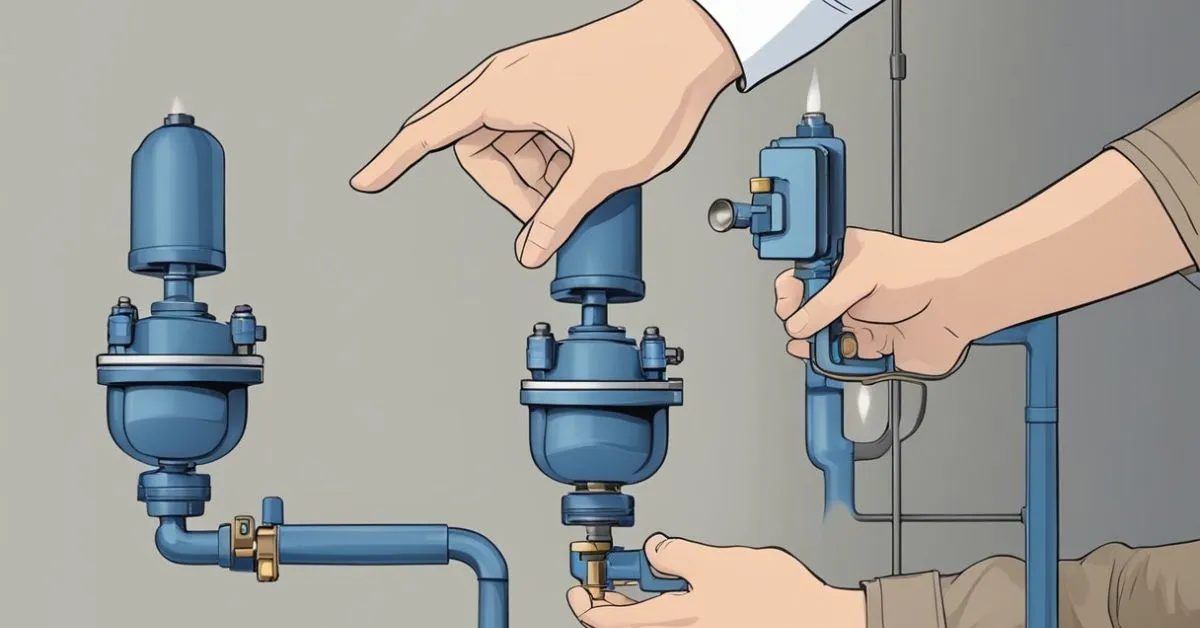Argentina, holder of the second-largest shale gas reserves and fourth-largest shale oil reserves in the world, is undergoing a transformational period as the government breaks away from a protectionist regime, opening up the hydrocarbons industry to foreign investment.
And 2017 is proof.
The Macri-era sets the scene for growth
President Mauricio Macri has delivered a number of changes to the sector since his election in 2015. Last year, the government adopted a policy of convergence between the domestic oil price and the international benchmark, ending the domestic subsidizing plan in place for years in Argentina.
However, subsidies were extended for unconventional gas production, with gas prices guaranteed at $7.5 per million British thermal units (MMBtu) in 2018, and then gradually falling at a rate of $0.50 to reach $5/MMBtu by 2021.
Agreements with unions were reached to achieve greater labor flexibility and encourage investment in the well-known Vaca Muerta Shale play, in Neuquén Province. In early 2017, Macri said the country’s shale reserves were set to receive up to $15 billion a year in investments beginning in 2018, from firms including Chevron, Dow, BP, Shell and Total.
Recently, Statoil, Pampa Energy and Schlumberger also announced investment plans.
Argentina’s state-run YPF, the country’s largest oil and gas producer, will invest over $30 billion between 2018 and 2022 to become a leading integrated energy company. It plans to increase hydrocarbons production by 5% per year, reaching 700,000 barrels of oil-equivalent per day (BOE/d) in 2022.
Conventional production will help the company to improve cost and operational efficiency, with the development of 29 projects and the drilling of over 1,600 wells. However, unconventional E&P will remain a strategic focus for YPF. Shale and tight oil and gas production should grow by 150% by 2022, contributing to half of the company’s total production.
Oil production dented by policy change
Looking back at 2017, these policy changes and the transformational environment had more of a negative impact on onshore oil production, which fell by 6.2%, to 27.26 million cubic meters (MMcm), equivalent to 171.48 million barrels (MMBbl), Kallanish Energy learns.
Lower oil prices with the end of state subsidies, increased resistance from indigenous communities in certain blocks and labor conflict in major shale producing provinces (Chubut, Neuquén and Santa Cruz) all contributed to the drop. Lower investment and reduced exploration well drilling added pressure to oil production last year.
The latest data from the energy ministry shows the Top 10 companies produced 90% of total oil output, with YPF alone producing 79.04 MMBbl. Other major producers include BP’s Pan American Energy (the second largest producer), PlusPetrol, Sinopec, Chevron, and Petrobras.
The Chubut Province, in southern Argentina, produced most of the country’s oil in 2017 – with Pan American Energy pumping 30.88 MMBbl of the 51.09 MMBbl produced.
Neuquén Province, home of Vaca Muerta, was the second-largest producer, with 35.77 MMBbl. Santa Cruz and Mendoza provinces followed, with 35.01 MMBbl and 27.63 MMBbl of output, respectively.
Neuquen Province leads gas production
A lower contraction was recorded for onshore gas production — which was 1.9% lower than produced in 2016, at 36.50 billion cubic meters (Bcm). Similarly, 91% of the gas was produced by 10 companies. YPF led the way producing 15.01 Bcm of gas, followed by Pan American Energy, Total, Petrobras, Tecptrol, Pluspetrol, Sinopec, among others.
Macri’s incentive, offering higher natural gas prices to investors for new natural gas production sold in the domestic market, had a positive effect in overall output.
But investment commitments attracted by fiscal changes and a more business-friendly environment have also contributed to gas production.
Neuquén Province produced the bulk of Argentinean gas, pumping 22.07 Bcm, which is roughly 2% more than it produced in 2016. Chubut Province ranked as the second-largest producer, followed by Santa Cruz, Salta and Mendoza.
Unconventional may become the new conventional
The unconventional basins of Neuquina, Austral, Noroeste and Golf San Jorge produced 106.02 MMBbl of oil last year – a 6.3% drop, in line with the total onshore production decline.
Shale gas production in the basins fell 1.9%, to 36.46 Bcm. YPF, Pan American Energy, PlusPetrol and Sinopec are the largest shale and tight oil producers in the country.
Investments in unconventional E&P increased 2%, to $3.11 billion, compared to $6.8 billion invested in the overall industry (onshore and offshore) in 2017, according to the energy ministry. This includes $1.73 billion from YPF, $326.8 million from Total, $330.6 million from Pan American Energy and $151 million from ExxonMobil.
However, these basins also saw a decline in new exploration and development wells, with the later dropping by 6.3% year-over-year to 794 completed wells in 2017. The number of onshore exploration and development wells completed last year fell from 948 to 886.
The South American nation is estimated to hold 27 billion barrels (BBbl) of technically recoverable shale oil reserves, and 802 trillion cubic feet of shale gas reserves. Unconventional E&P is certainly the way to go for international oil companies gearing up to tap such reserves, despite logistical and technological bottlenecks.
Macri is determined to boost the country’s economy with revenue from shale and tight oil and gas, through alliances with global players. Cost of production and efficiency gains are progressing in the right direction thanks to longer laterals and cutting-edge technology. Argentina’s unconventionals may become the country’s conventional industry, leading hydrocarbons exploration in the years to come.








